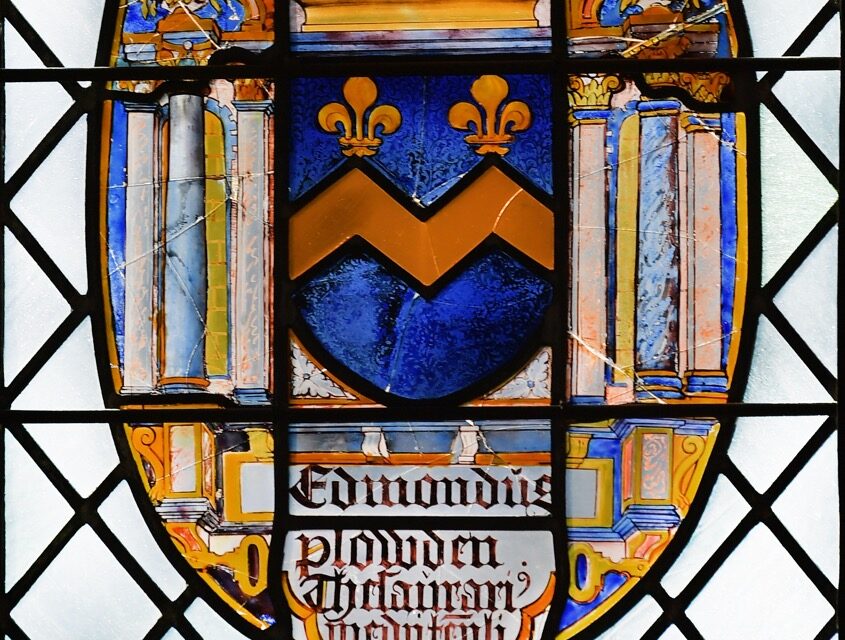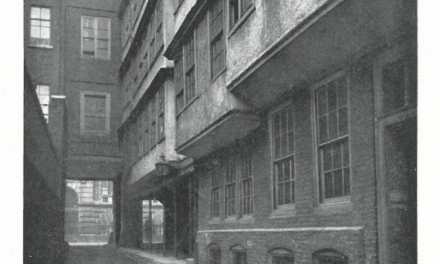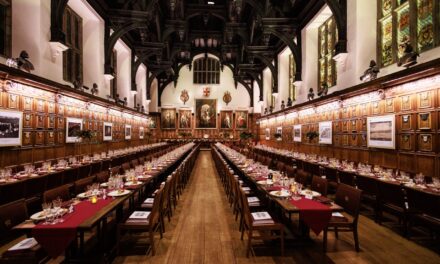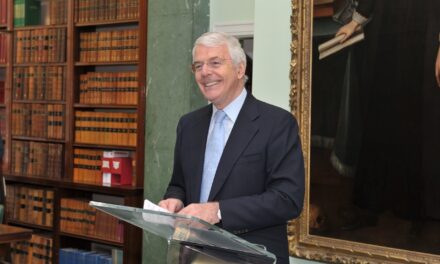In May, the Inn hosted a ‘4 Years’ event for Middle Templars who were Called to the Bar in a year ending in four. The celebratory event provided an opportunity to socialise with fellow members from across the years. An array of items from the Inn’s Archive were on display in the Garden Room, including timeline posters and original archival treasures. In this article we delve into the past to explore some of these notable years, from the 16th Century to the mid-20th Century. Middle Templars admitted or Called to the Bar during years ending in four have also made their mark on the Inn’s history, and several of these individuals have been included here.
16th Century
Significant change occurred at the Inn during the 16th Century, including the construction of the Hall, overseen by Sir Edmund Plowden. Middle Templars admitted to the Inn during the Elizabethan era included aristocratic individuals strongly tied to the royal household, where societal standing was paramount.
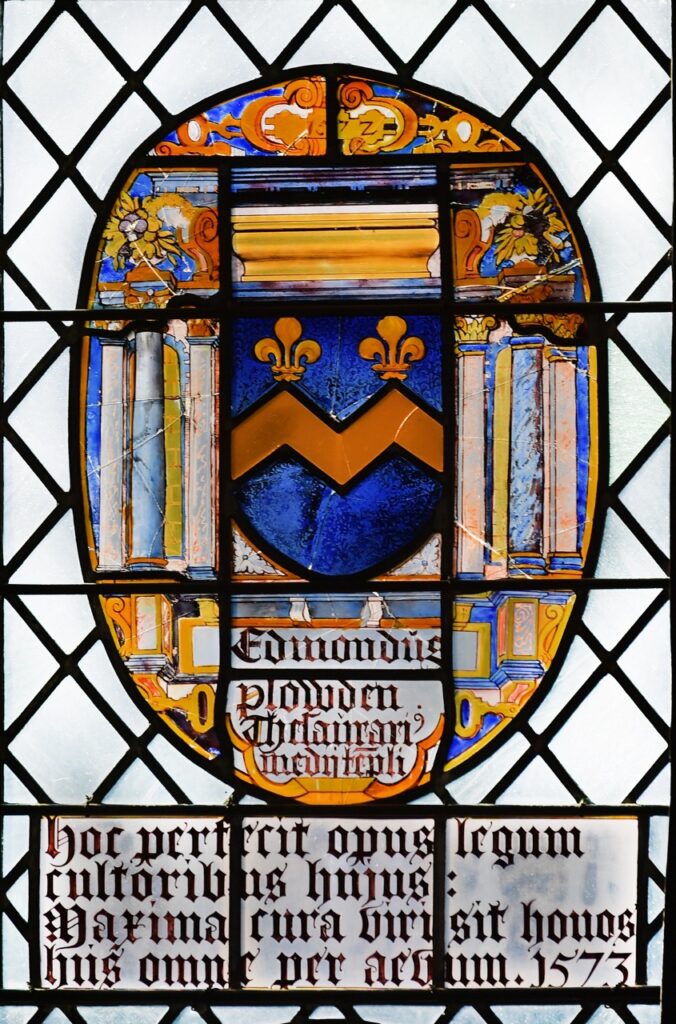
Admitted 1524 – Sir Edmund Plowden – Legal scholar and Treasurer during the construction of the Hall
Admitted 1574 – Sir Walter Raleigh – Colonial explorer and courtier to Queen Elizabeth I
Admitted 1594 – Henry Percy, 6th Earl of Northumberland – Nobleman and alchemist
17th Century
The Inn was a lively place during the 17th Century, with sociable events organised for members to enjoy. Festivities were underway in 1604, at the Royal Entry of King James I, where crowds could watch a pageant at Temple Bar. In 1614, ‘gaming at Christmas’ rules were relaxed, enabling members to play games with cards and dice in the Hall. A lavish masque entitled ‘The Triumph of Peace’ took place in 1634, presented by the four Inns of Court to King Charles I. The event featured a torch procession, dancing and set design by Inigo Jones. Creative displays could also be found at chambers in Essex Court when William Courten opened his ‘cabinet of curiosities’ museum in 1684.
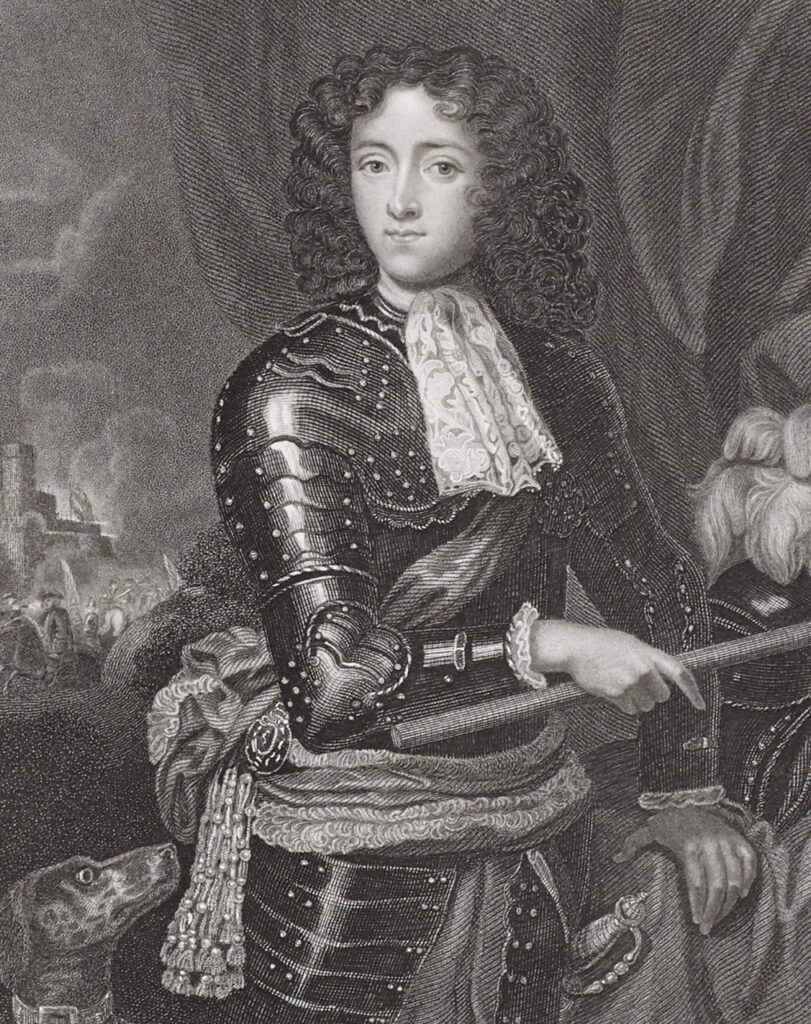
Admitted 1604 – Sir Thomas Edmondes – Politician serving three successive monarchs in the Royal Household
Admitted 1664 – James Scott, 1st Duke of Monmouth – Natural son of King Charles II and military officer
Called 1674 – Roger North KC – Lawyer, historian and designer of the Middle Temple Gate in 1684
18th Century
In 1714 George I inherited the throne; a portrait of the 18th Century monarch still hangs in the Hall today. In this century, several members become involved with political activity at home and abroad including the American Declaration of Independence and associated Revolutionary War. During 1774, the American revolutionary and abolitionist John Laurens returned to London to continue his studies at the Inn.
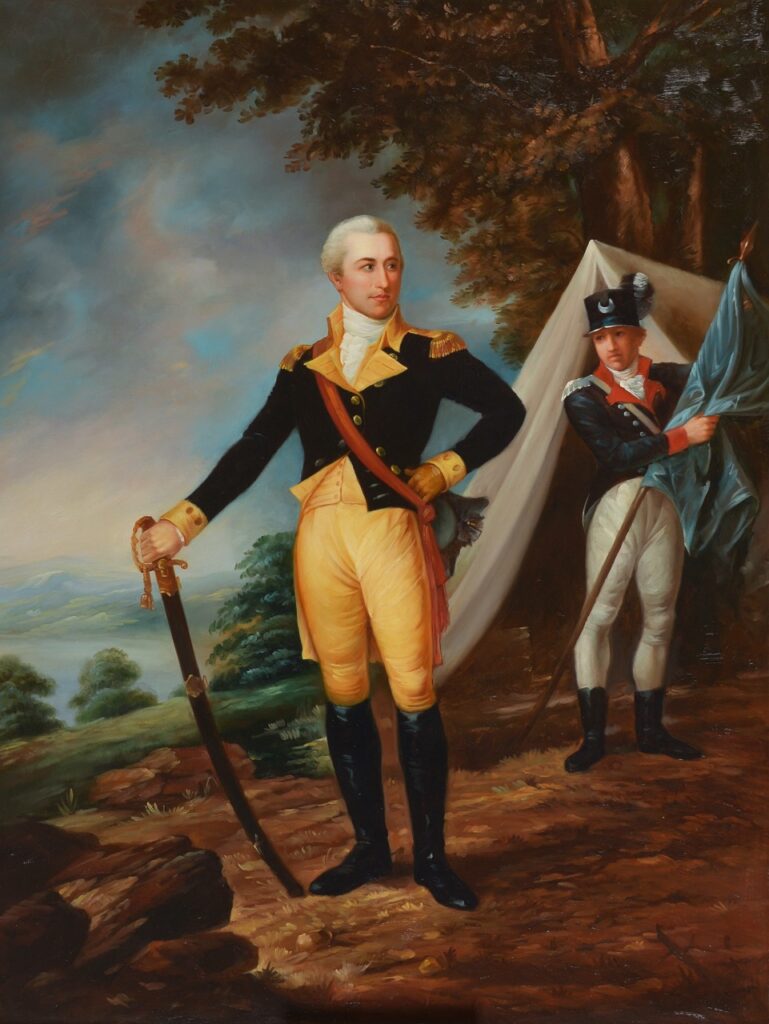
Admitted 1734 – Sir John Cust – Politician and Speaker of the House of Commons
Admitted 1764 – Charles Cotesworth Pinckney – American statesman and revolutionary
19th Century:
Sociable events were hosted around the Inn throughout the 19th Century, such as Victorian flower shows. In 1814, Middle Templars could venture out onto the frozen River Thames for gin and gingerbread on the ice, for the last ever ‘Frost Fair’. Later, in 1884, 1 and 2 Garden Court were constructed in the area overlooking the Inn’s gardens. The Inn was popular with international students in this time period, with a number of influential individuals admitted or Called.
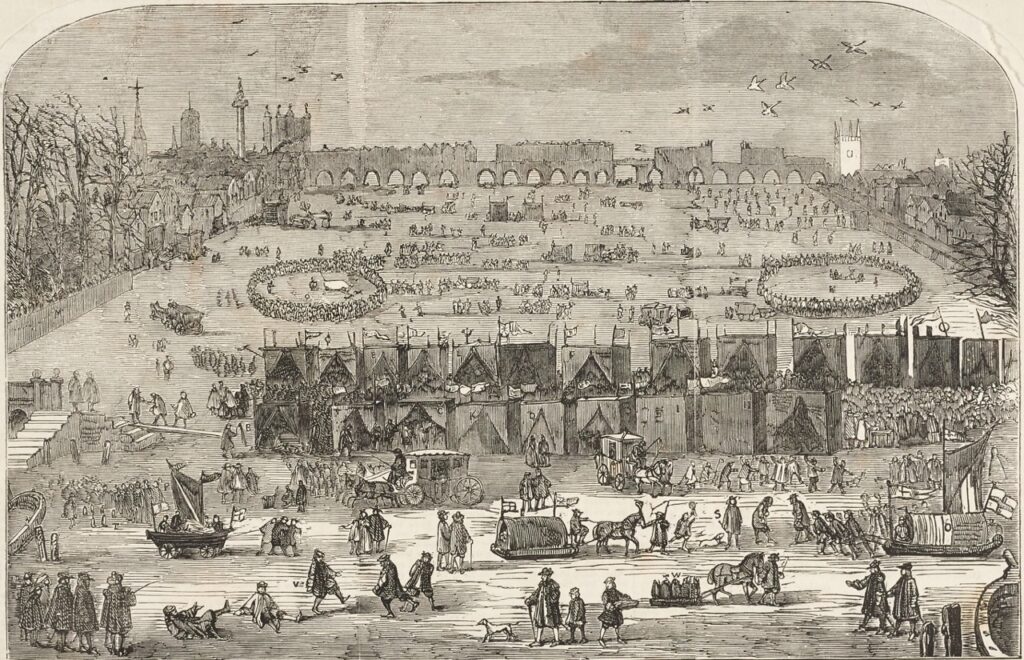
Admitted 1804 – Thomas Read Kemp – Politician and regency property developer in Brighton’s Kemp Town
Admitted 1824 – Edmund Beales – Judge and President of the Reform League
Called 1834 – Richard Windeyer – Australian politician and member of the Aborigines Protection Society
Admitted 1864 – Womesh Chunder Bonnerjee – 1st President of the Indian National Congress
20th Century:
The first half of the 20th Century was dominated by both world wars and the Inn felt the effects of the conflict. 1914 saw the outbreak of the First World War. As a result, the British Red Cross raised funds at the Inn during December 1914. Tragically, 78 members of the Inn were killed in action during the war. Names of members who served were included in a Roll of Honour.
During the interwar years the Inn experienced a period of relative calm, and numerous events were hosted for members. In 1934, the Holywell Players performed Shakespeare’s Twelfth Night in the Hall – over 300 years since the first known performance of the play at the Inn. In the same year, Masters of the Bench were invited to the Middle Temple Boat Trip on the Thames.
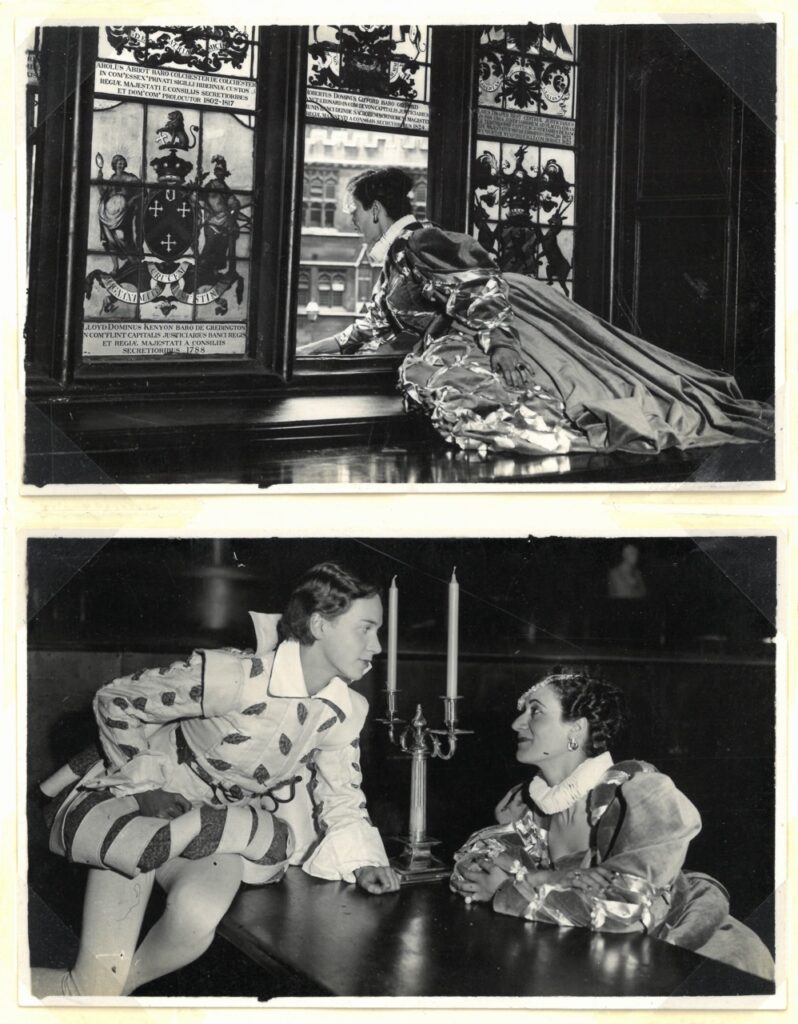
During the Second World War, the Inn was affected by enemy action when large sections of the Inn and surrounding chambers were bombed. Severe air raids occurred in January, March and October 1944. In the same year, the first service was held in Temple Church since it had been bomb damaged. The wedding featured a temporary altar and a borrowed grand piano played by the Temple organist.
In the postwar period, the Inn focused on rebuilding what had been destroyed, restoring the Inn to its former glory for future prosperity. On Tuesday 23 March 1954, the Chancel at Temple Church was rededicated by the Archbishop of Canterbury in the presence of the Queen Mother. The Glen Tanar organ was also heard for the first time.
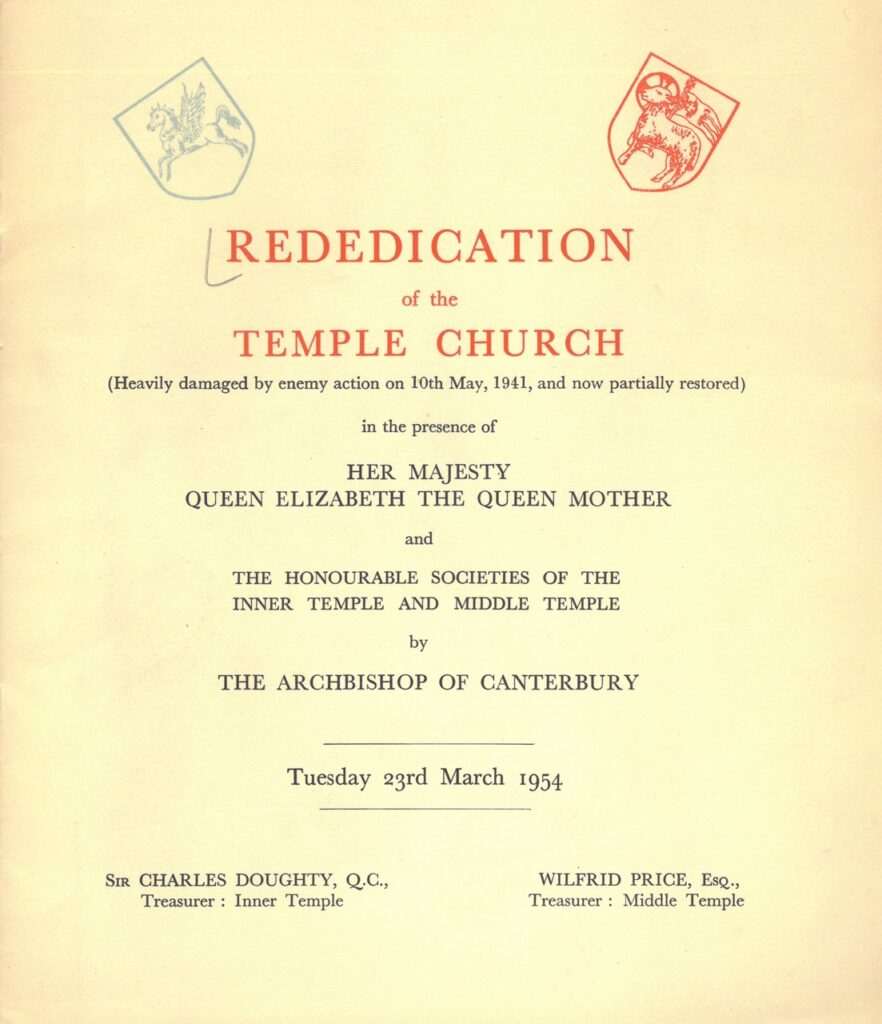
Benched 1914 – John Sankey, 1st Viscount Sankey – Judge, Labour politician and Lord High Chancellor
Called 1924 – Elsie Bowerman – Suffragette and Titanic Survivor
Called 1934 – VK Krishna Menon – Indian independence activist and editor at Penguin Books
Called 1934 – Omoba Sir Adetokunbo Ademola – Chief Justice of the Supreme Court of Nigeria
Called 1934 – Dudley Shelton Senanayake – 2nd Prime Minister of Ceylon (Sri Lanka)
Called and Benched 1944 – Queen Elizabeth (later the Queen Mother)
A myriad of historical events and a multitude of Middle Templars have graced the Inn throughout the centuries, including in years ending in four. The Inn’s Archive continues to preserve records from the present day, so perhaps 2024 will be researched by future historians!
Hannah Dixon started her career in the Archives sector at The Courtauld Institute of Art’s Slide Library, digitising photographic material alongside her studies in History of Art. She subsequently worked at London Metropolitan Archives and later qualified as an Archivist at University College London in 2020. Most recently she has been working as Assistant Archivist at the Inn.

